by David Blass
The seed of this project was planted last year at Nature Visions. I attended a talk by Steve Gettle called “Frozen Moments”, in which he talked about various techniques for high-speed photography. I was completely hooked, and knew at that moment that I had to try one of his techniques.
The essential principles of high-speed flash photography, the technique I used, are shown in Image 1. Briefly, the main/only light source for the photo is your flash unit(s). This allows the effective shutter speed to be determined by the flash duration, which can be considerably faster than the shutter speed of your camera. The shooting sequence is initiated by a high-speed trigger of some sort. Image 2 shows the flash duration for my flash units at various power settings. Note that changing the “strength” of the flash actually changes the duration of the flash at the same intensity, so some really brief pulses of light are sent as the power is dialed down. You can find the flash duration of many types of flash at speedlights.net
Over the winter I tried the technique by doing water drop photography, Image 3. I used an old multi-trigger that activated the flash when a laser beam was interrupted (by the drop of water). Because the flash was the only source of light, I could set the shutter speed of the camera at anything I chose without changing the exposure. I used a setting of 5 seconds in a dark room. This gave me time to drop some water in the path of the beam. However, the “effective” shutter speed was 1/18,000 sec., allowing me to freeze the water drop precisely without blur.
The principles of shooting birds in flight are the same, but I didn’t shoot in darkness. I set up the camera so that without the flash, the image would be completely black. Image 4 shows my setup (without the plastic bags that covered each piece of gear to keep them clean). My trigger was a Pluto trigger*, which used my cell phone as a motion detector. The sequence of shooting is shown in Image 5: the motion detector/cell phone activates the trigger which is hard-wired to the camera. The camera activates the flash controller via the hot shoe, and that sets off all the flash units simultaneously.
Images 6 and 7 show the results of the bird shoot (f/11, 1/250 sec., ISO 250). First is the image right out of the camera (brightened a bit); next is the image with the background changed in Photoshop. Getting a good background is one of the challenges of this technique. Since the flash is focused on the flight path of the birds, the background can be lit poorly and unevenly. My setup diagram shows one solution—shooting in front of a background poster with its own light. This can avoid the deep shadows found when you shoot against a natural background. I haven’t yet produced any photos this way; I used the other common solution—to alter the background in Photoshop.
Image 8 is a list of the gear that I used to produce the bird shots. If you’d like to read about the technique of high-speed flash, I recommend an ebook by Joe McDonald (Image 9). As you can see, the project isn’t completed yet; I still have things to learn about shooting against a background poster. So far I have found it a fun and challenging photo activity. I’d be glad to talk over any of the techniques or gear with you if you are interested; email me at davidablass@gmail.com.
*I’m a huge fan of the Pluto trigger. It has many modes, including some involving only the sensors built into the trigger and some which use sensors in your smart phone to activate the camera or flash. plutotrigger.com
Many thanks to Dave Powell for his instruction and critique during this project and others.

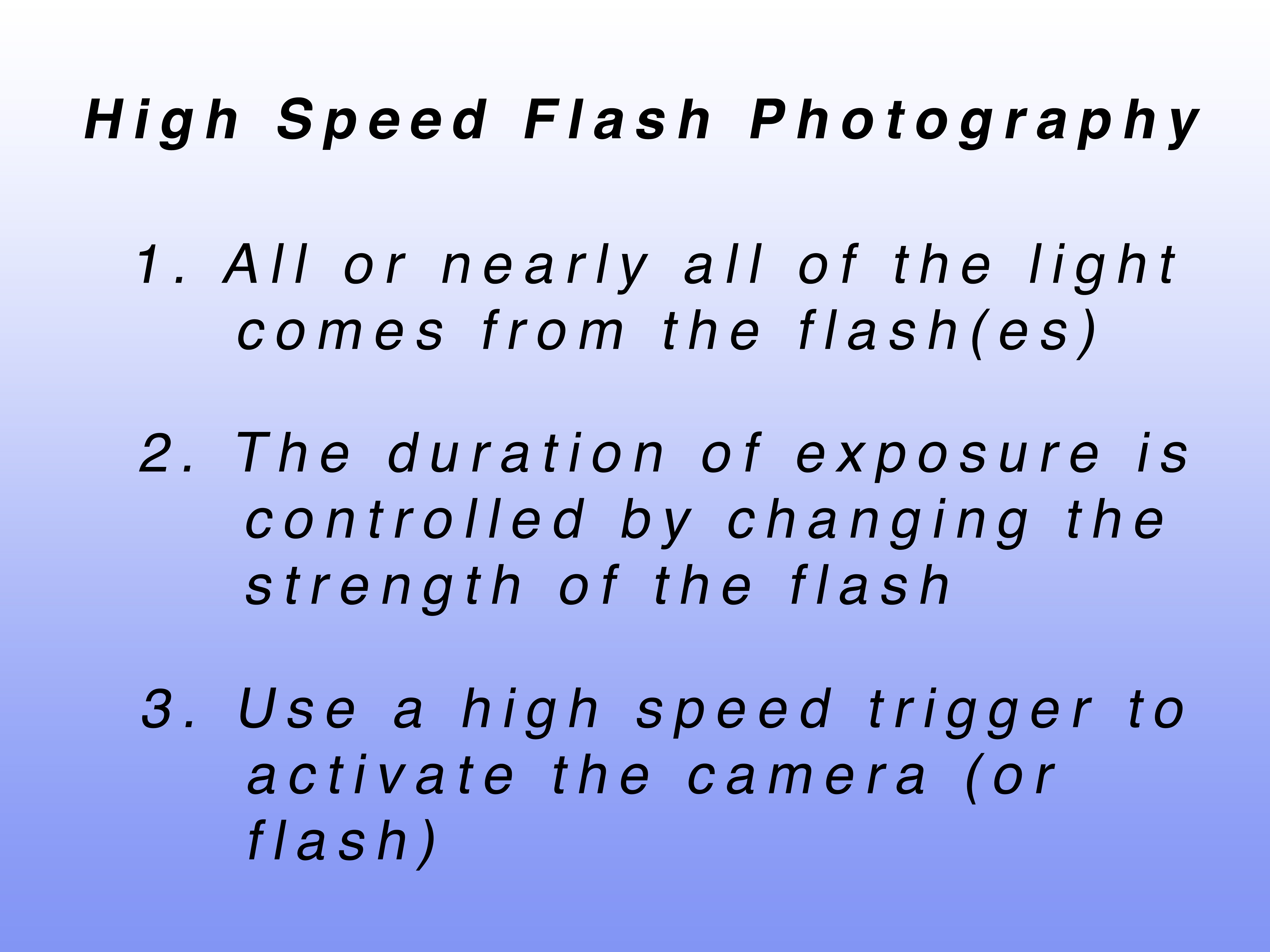
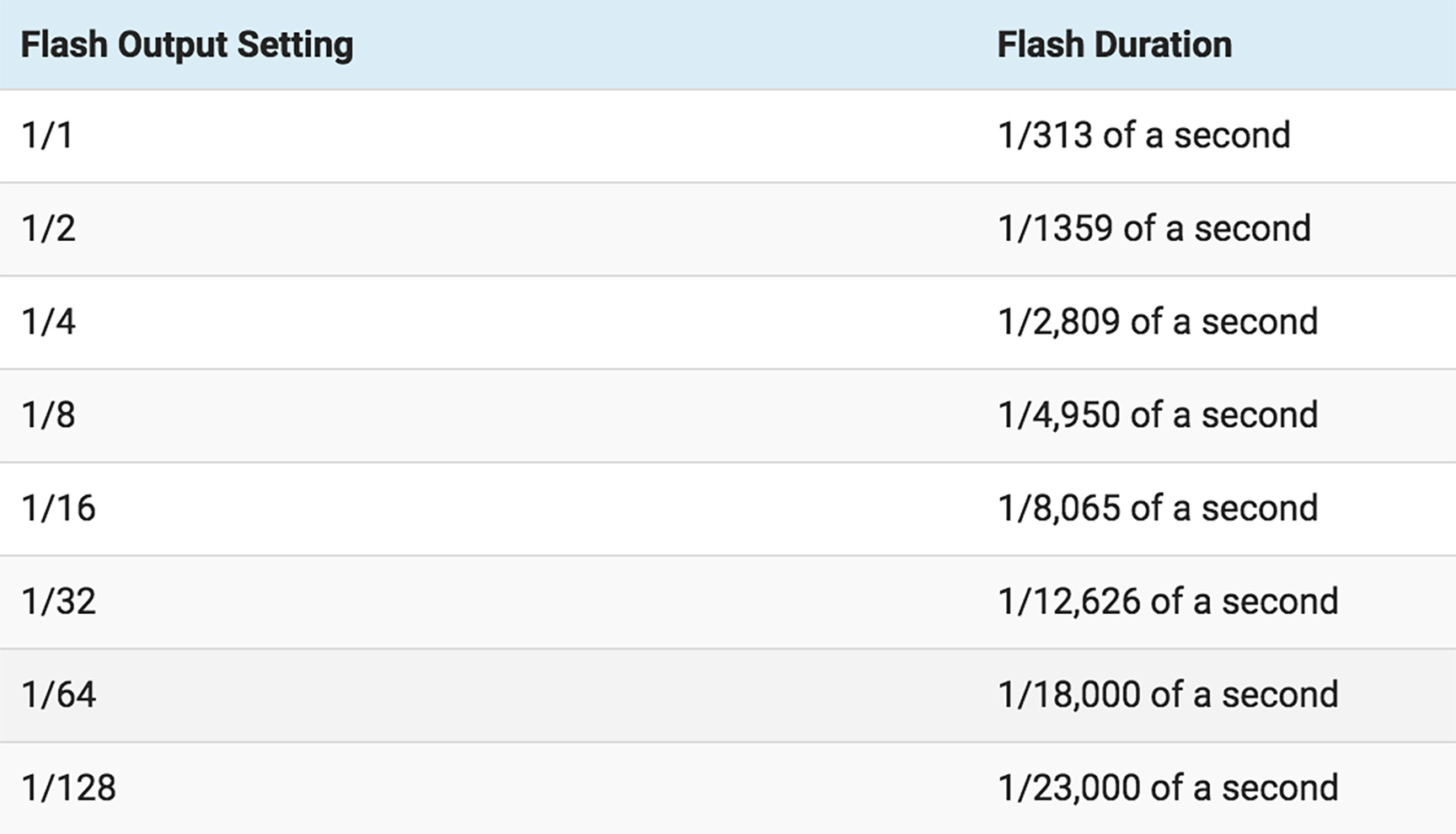
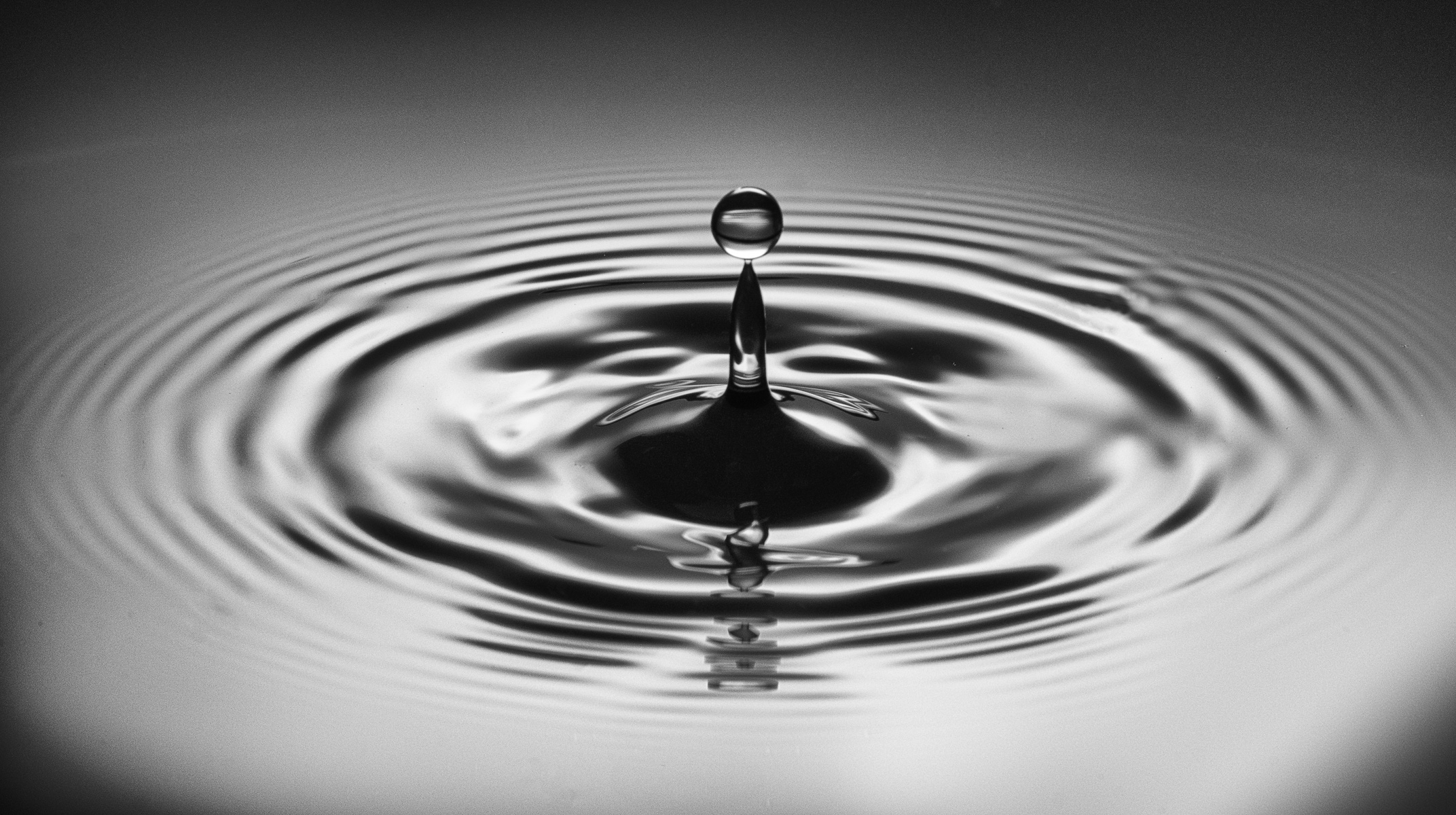
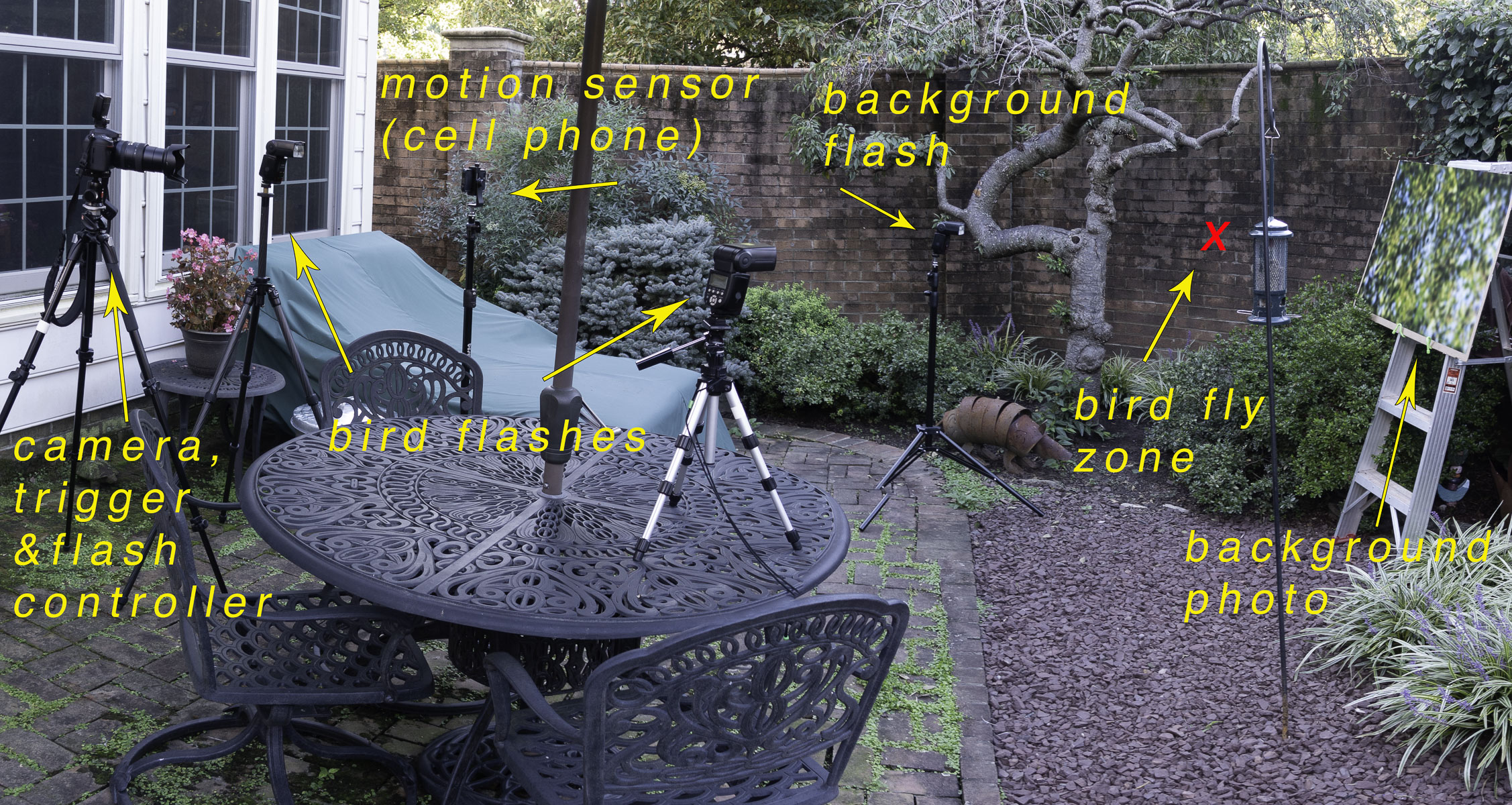
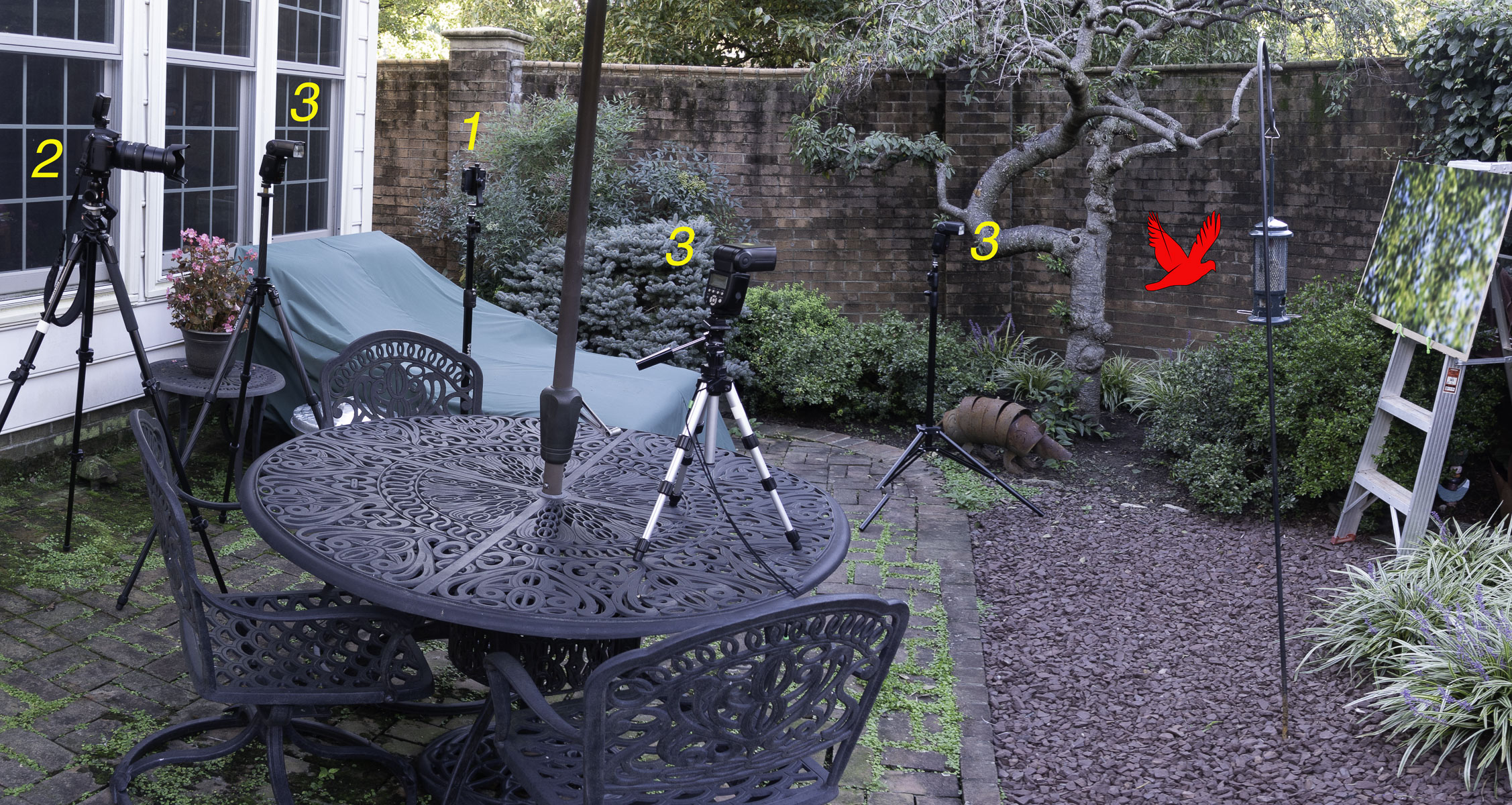
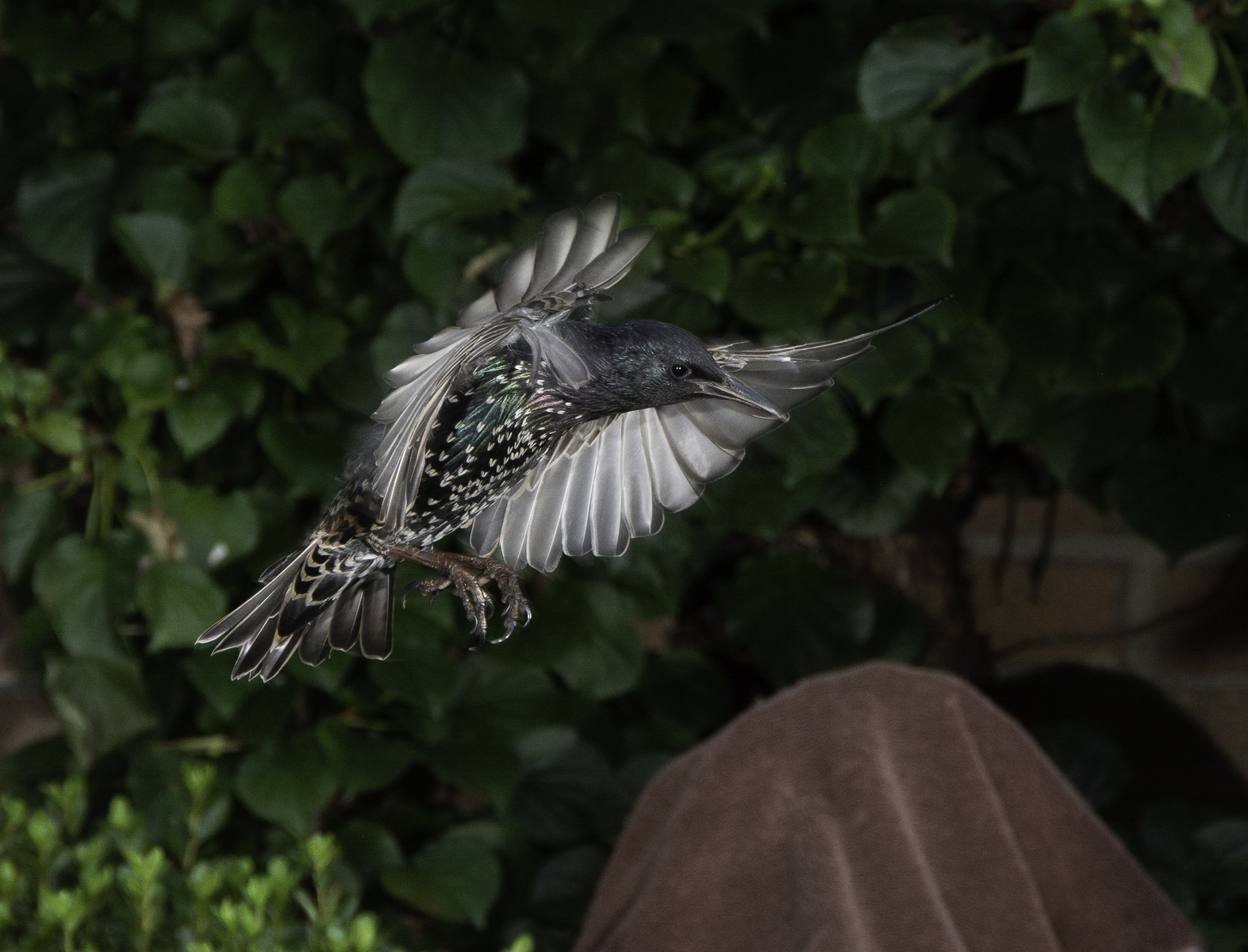
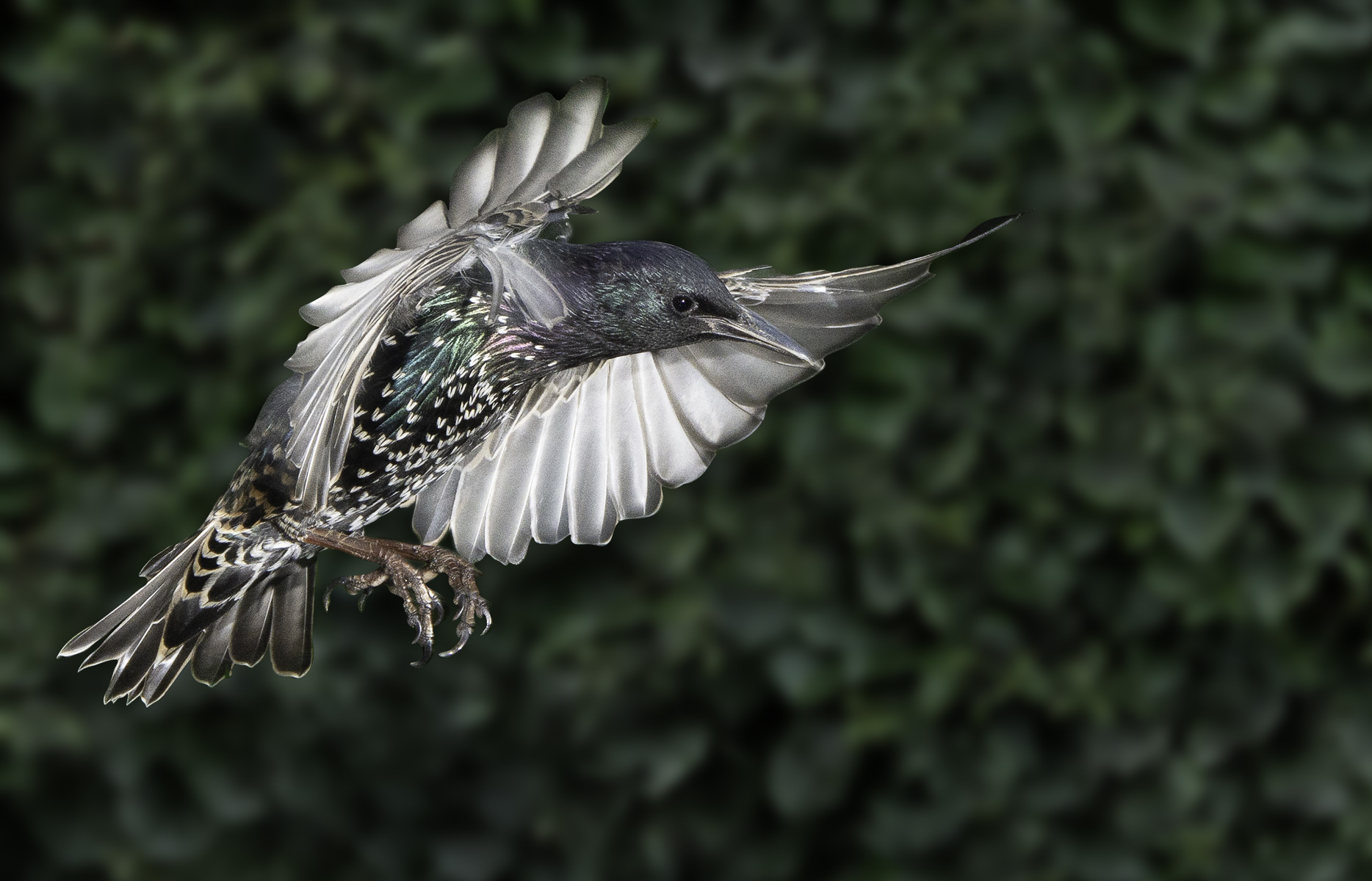
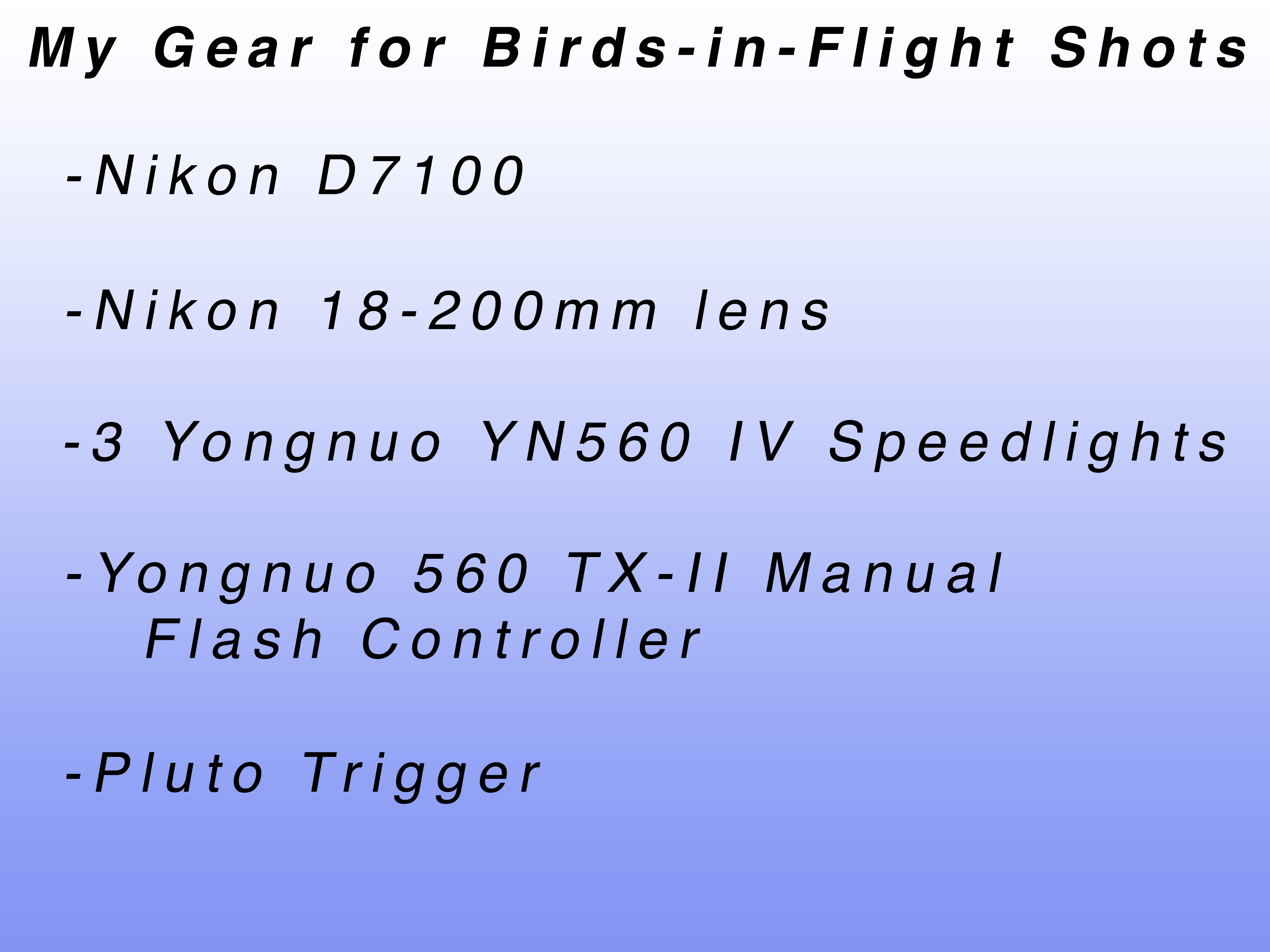
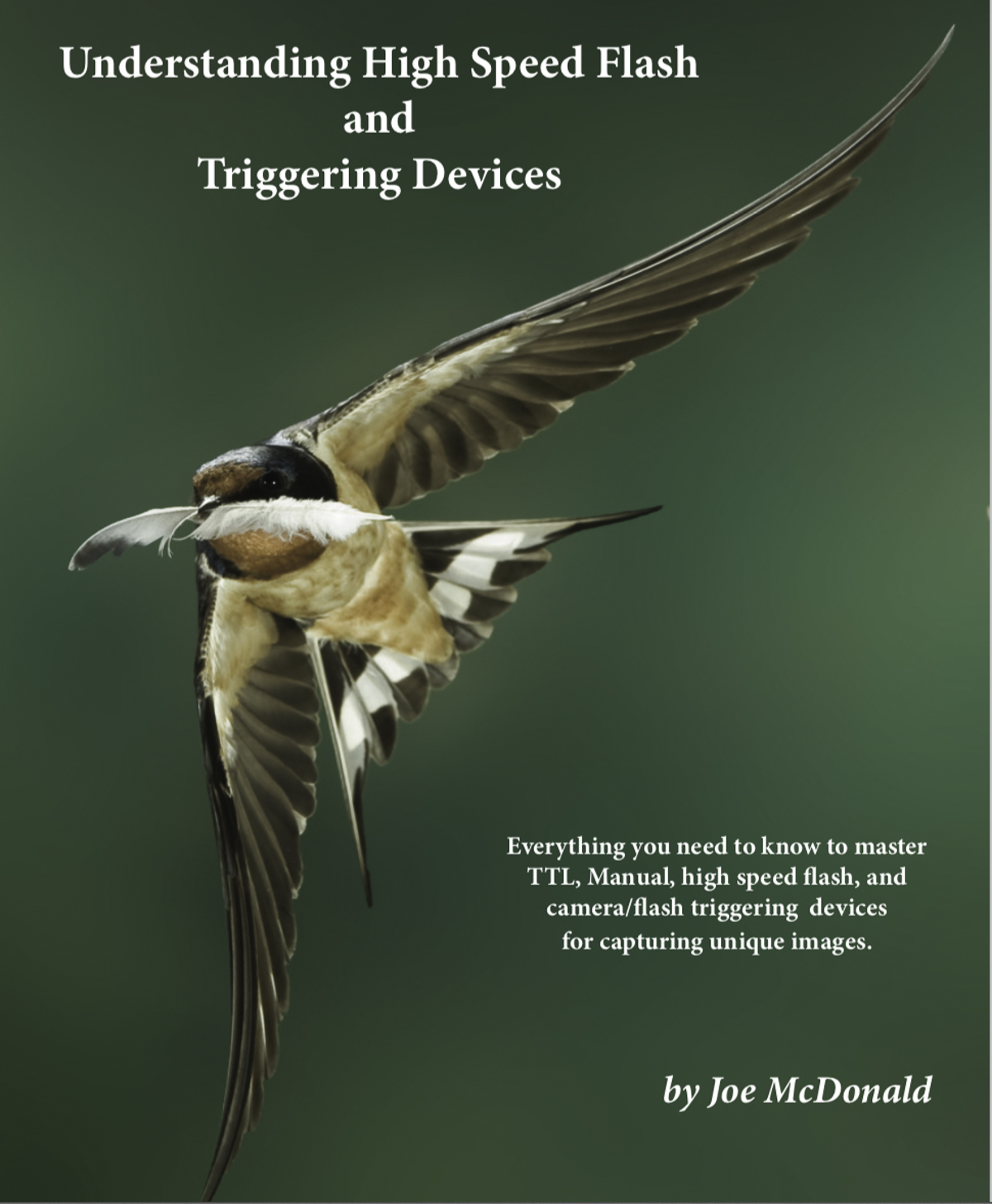
Thanks David for your info
I have just ordered this Pluto device and i hope that it works with my setup
I do allot of bif photography with and without flash BUT without a motion sensor. (500px.com/phil-davson)
I would like to try capturing birds with this motion sensor using my iphone and pluto. (Maybe my hit rate will improve x 10 ?)
What i am confused about is how does the iphone pluto app communicate with my camera (canon R5) to take the shot ?
Is the remote iphone trigger fast enough to do this as small birds are extremely quick ?
I use Yonguno 600ex RTII with flash controller
Thanks